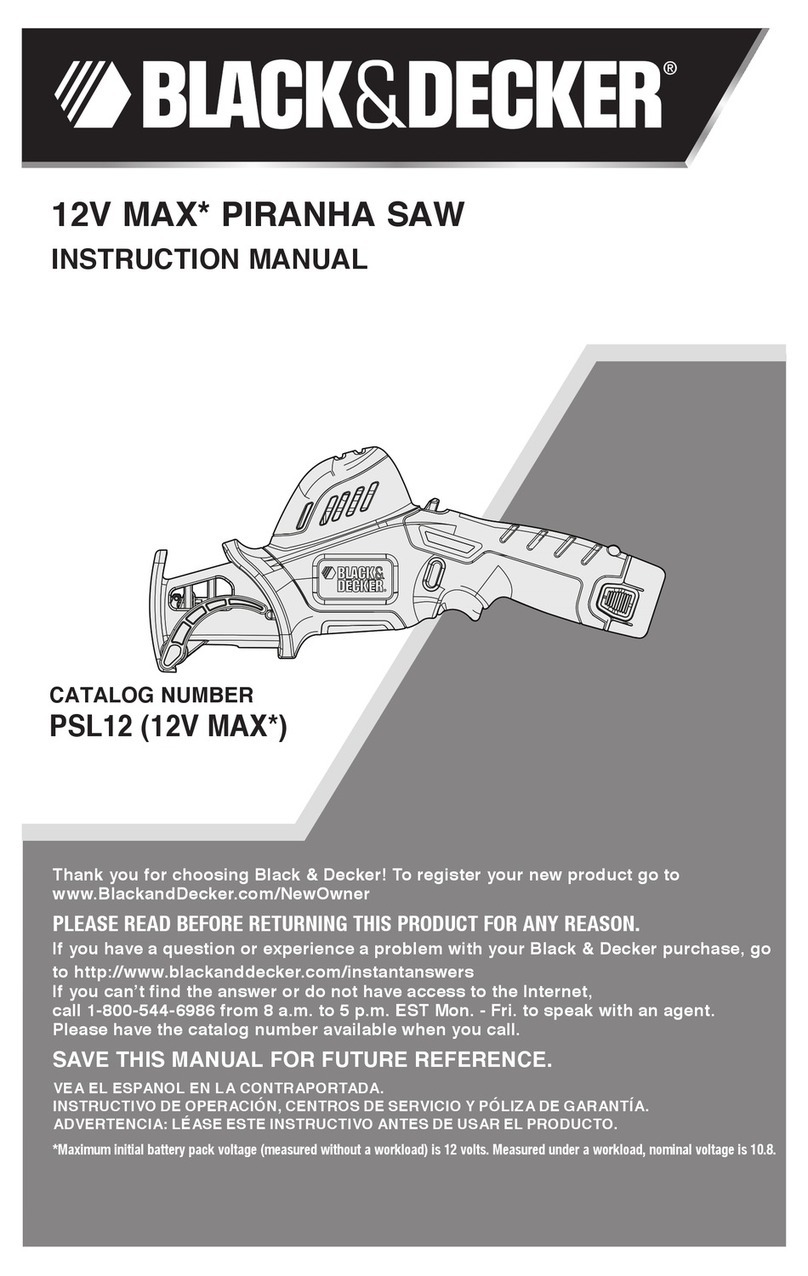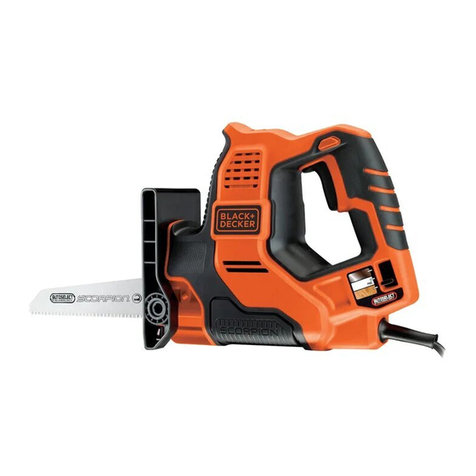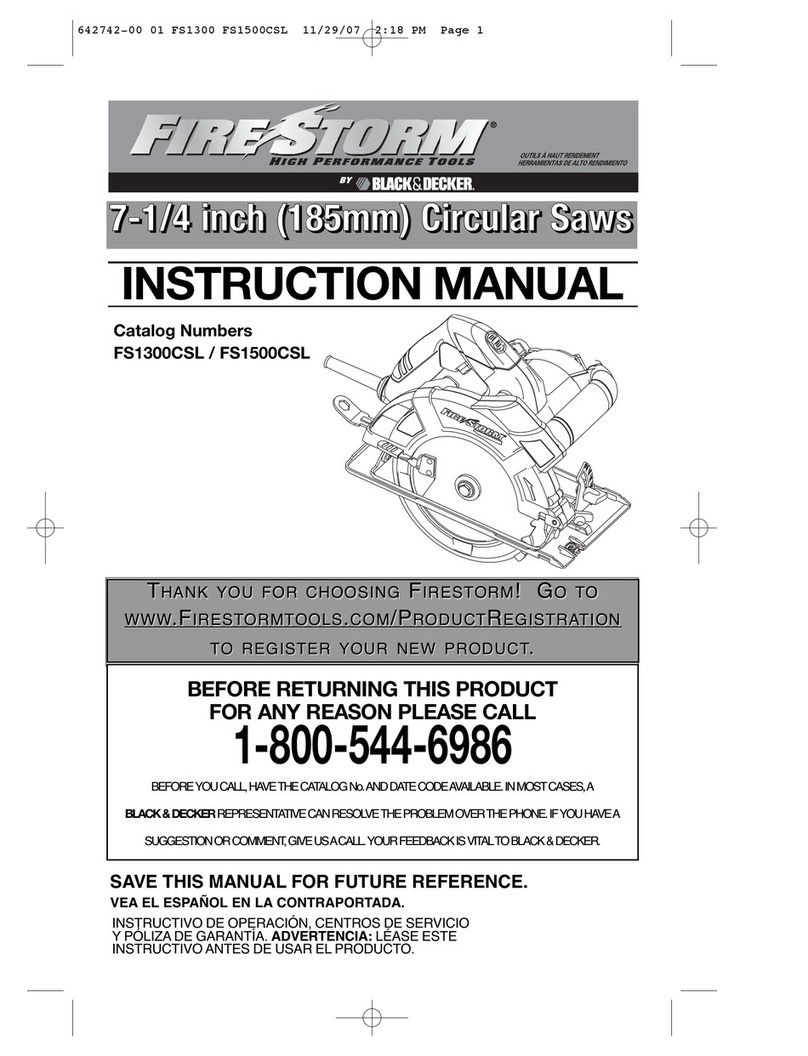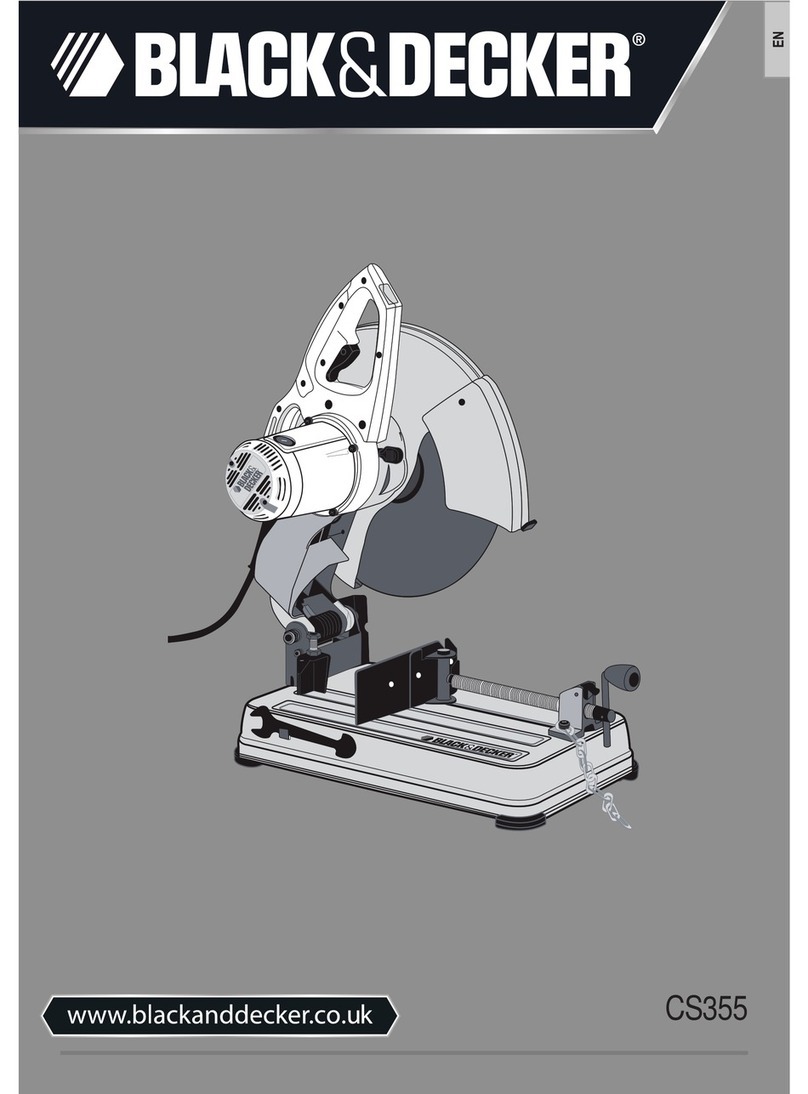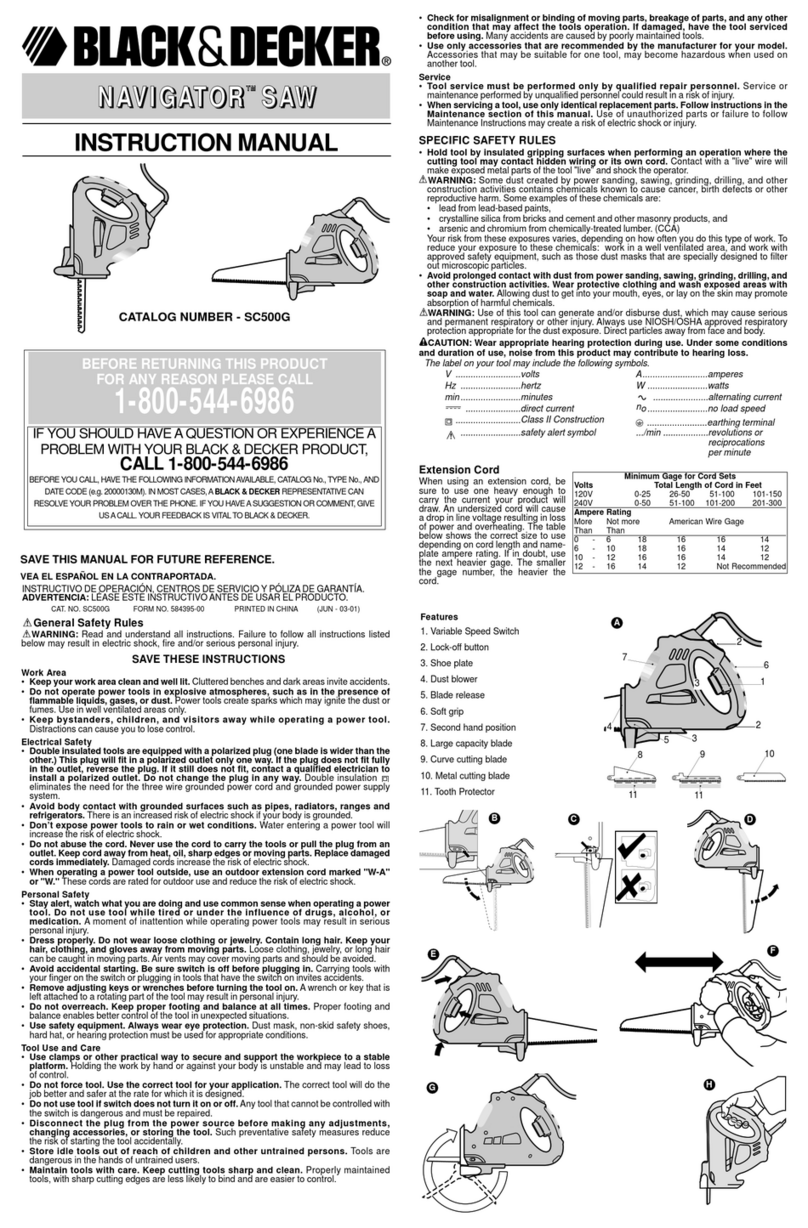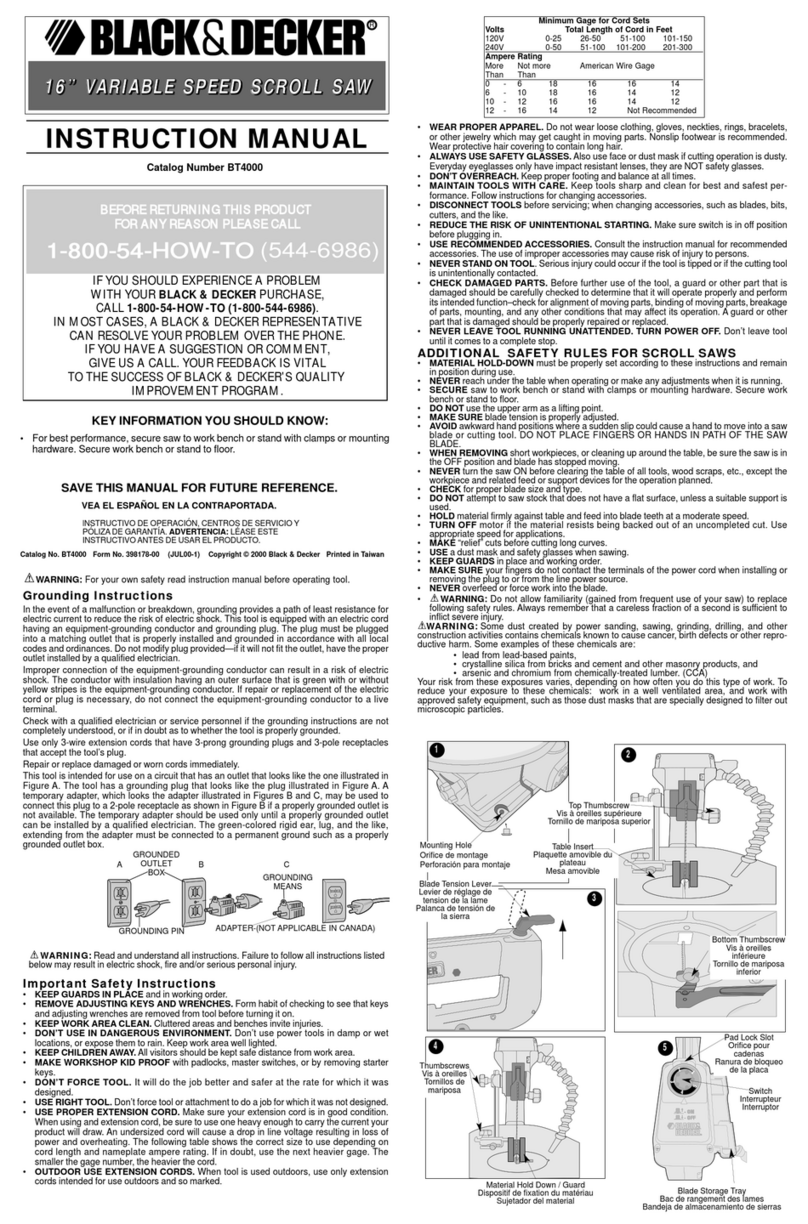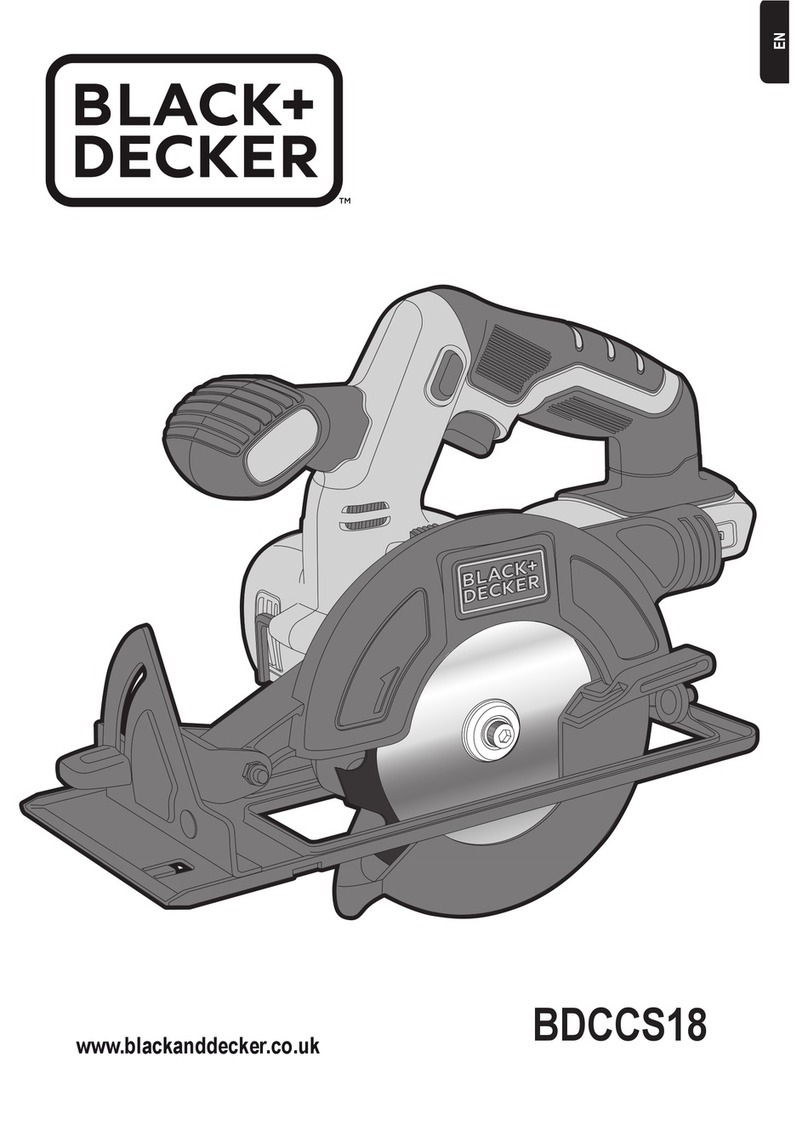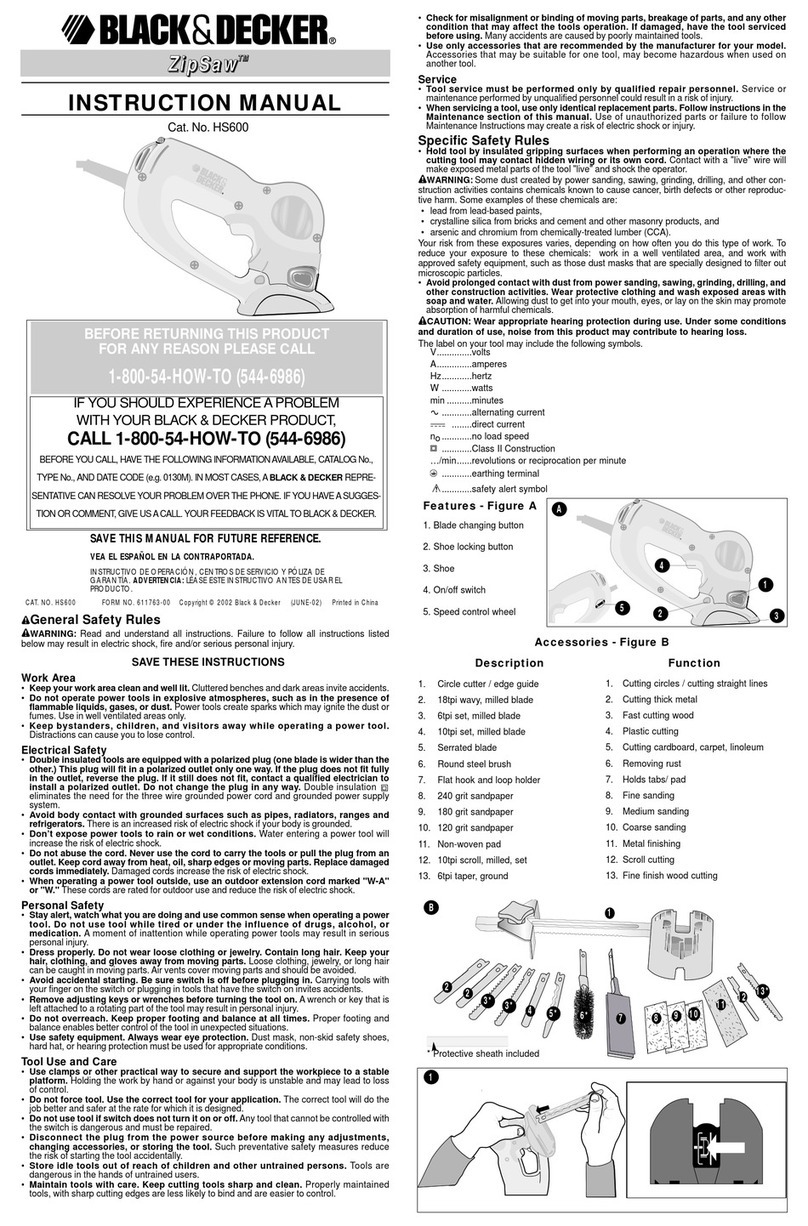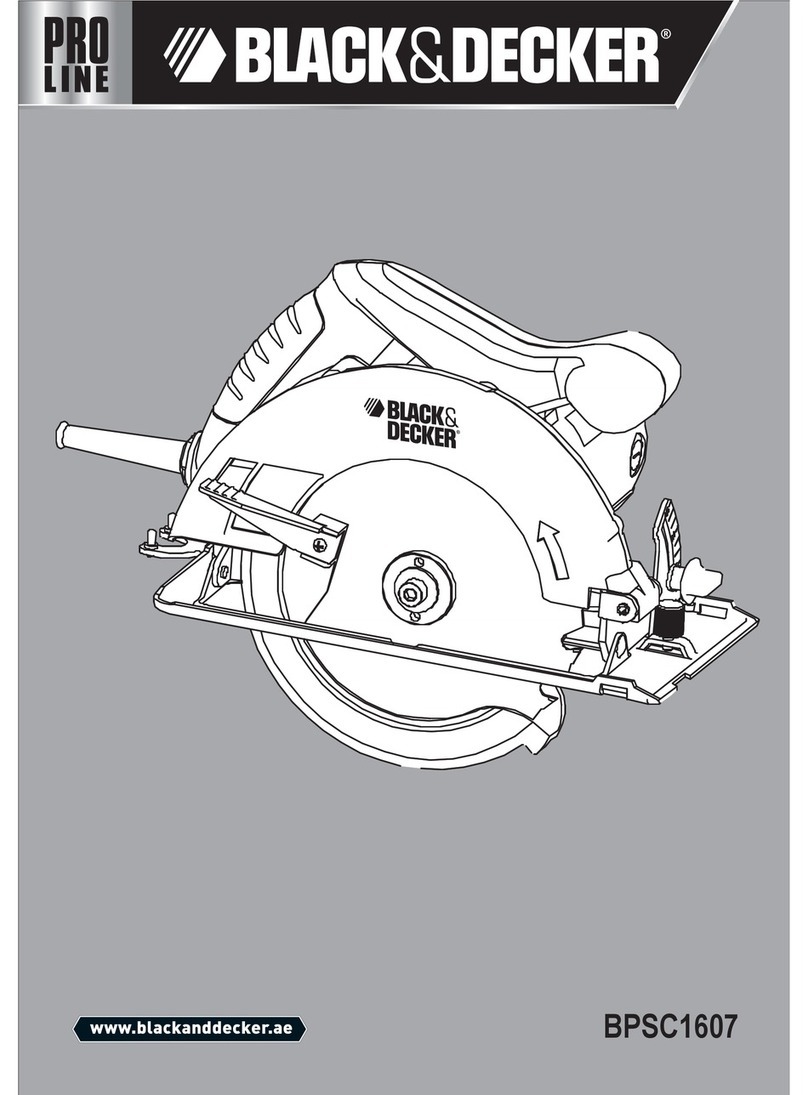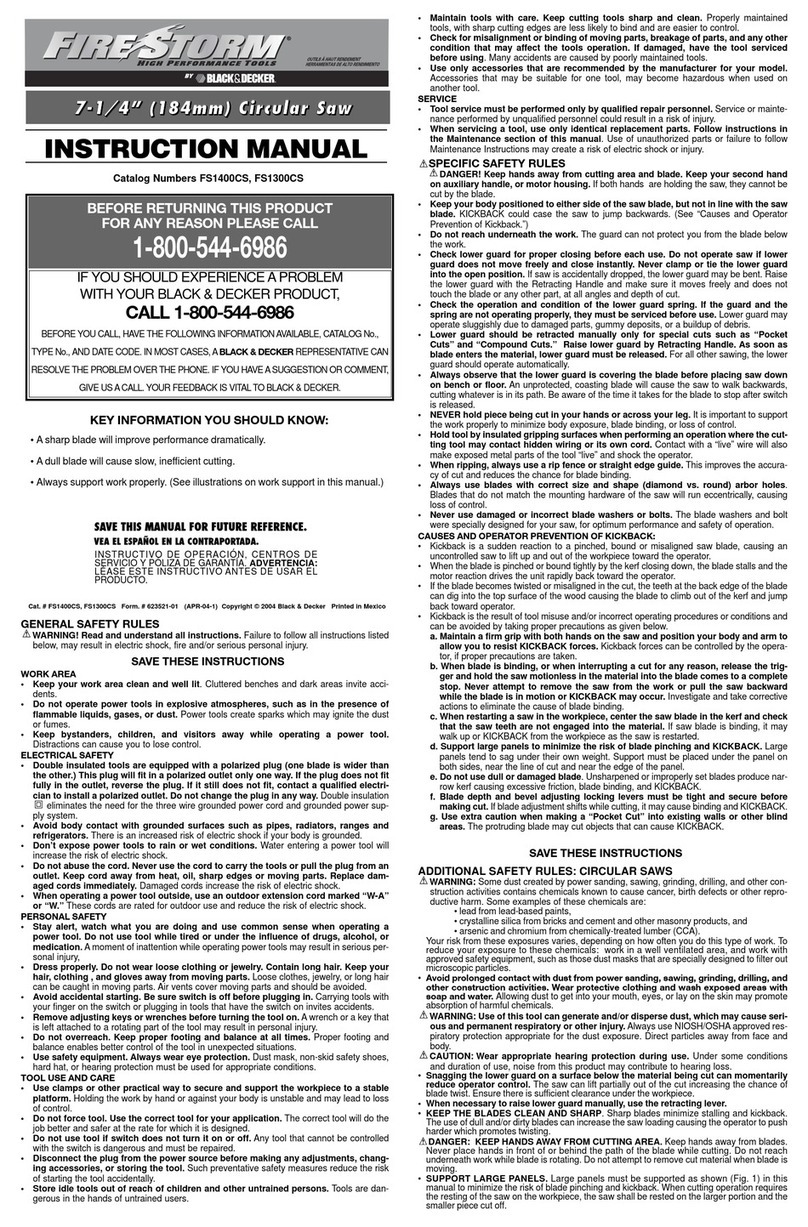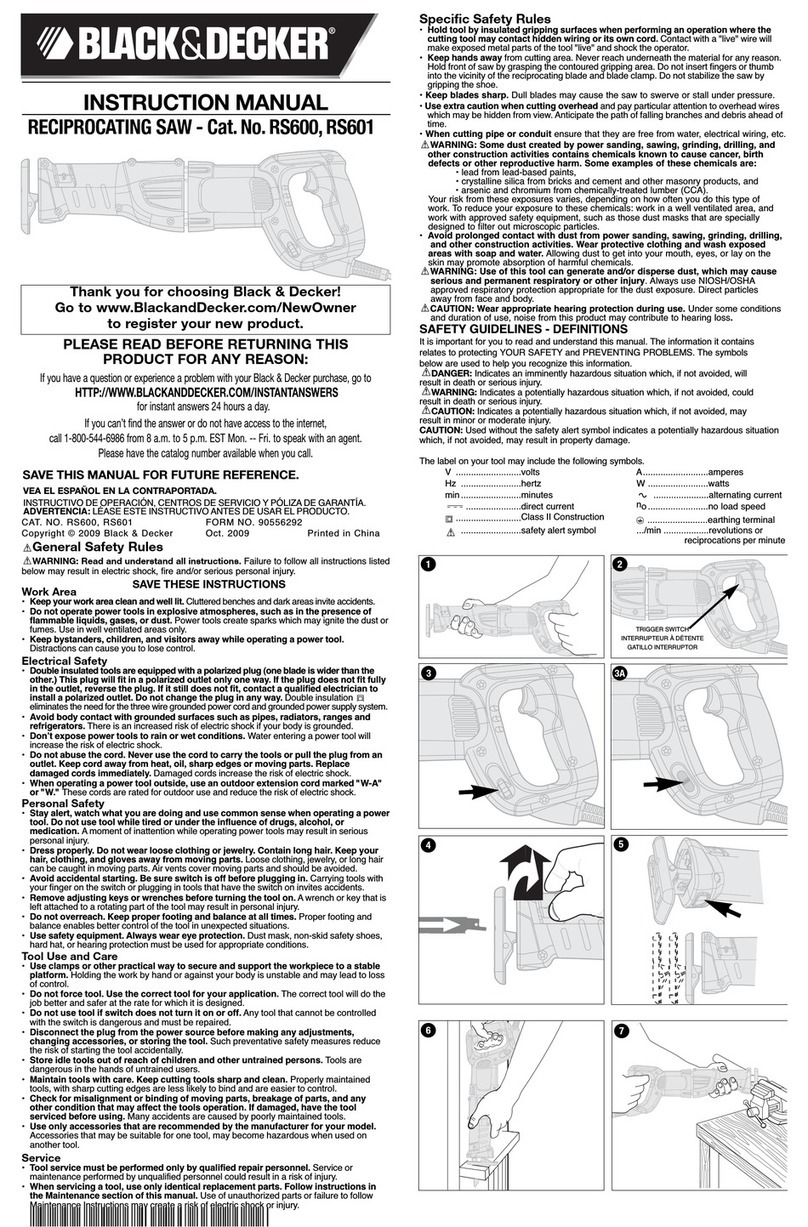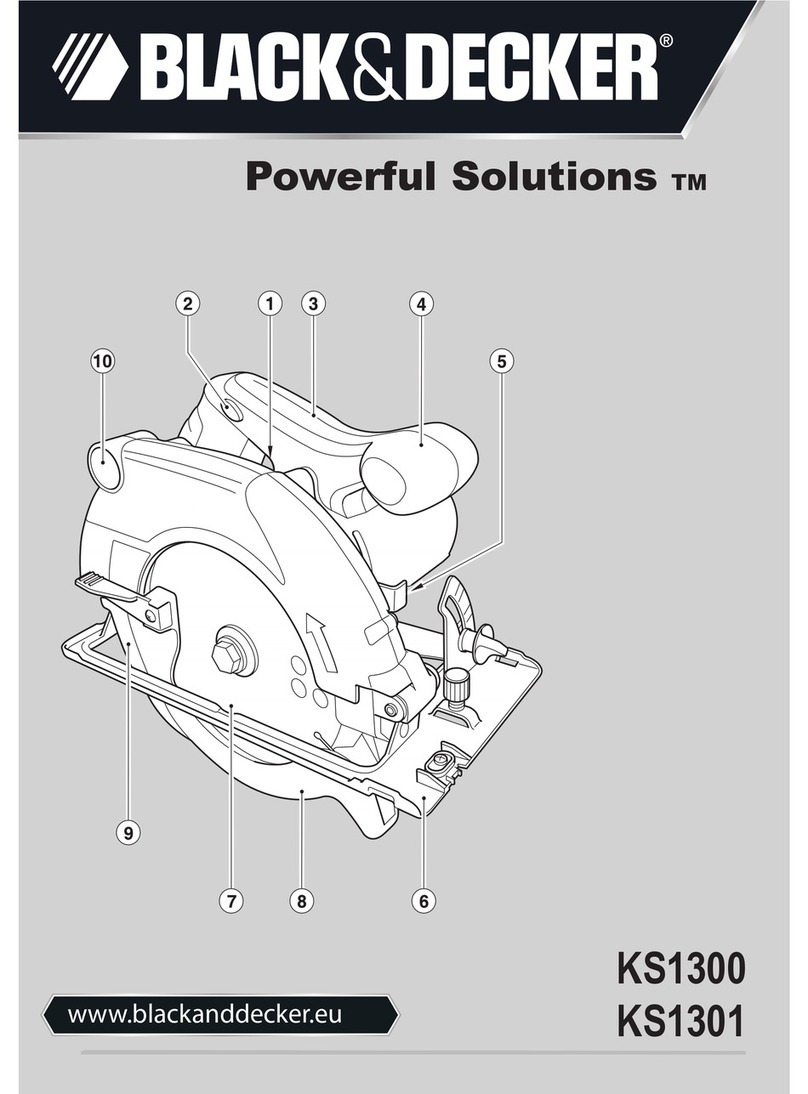5
Some dust created by
power sanding, sawing, grinding,
drilling, and other construction
activities contains chemicals known to
the State of California to cause cancer,
birth defects or other reproductive
harm. Some examples of these
chemicals are:
• lead from lead-based paints,
• crystalline silica from bricks and
cement and other masonry products,
and
• arsenic and chromium from
chemically-treated lumber.
Your risk from these exposures varies,
depending on how often you do this type
of work. To reduce your exposure to these
chemicals: work in a well ventilated area,
and work with approved safety equipment,
such as those dust masks that are
specially designed to lter out microscopic
particles.
• Avoid prolonged contact with
dust from power sanding, sawing,
grinding, drilling, and other
construction activities. Wear
protective clothing and wash
exposed areas with soap and water.
Allowing dust to get into your mouth,
eyes, or lay on the skin may promote
absorption of harmful chemicals.
Use of this tool can
generate and/or disperse dust, which
may cause serious and permanent
respiratory or other injury. Always
use NIOSH/OSHA approved respiratory
protection appropriate for the dust
exposure. Direct particles away from face
and body.
• Wear appropriate hearing protection
during use. Under some conditions and
duration of use, noise from this product
may contribute to hearing loss.
ALWAYS use safety
glasses. Everyday eye glasses are
NOT safety glasses. Also use face or
dust mask if cutting operation is dusty.
ALWAYS WEAR CERTIFIED SAFETY
EQUIPMENT:
• ANSI Z87.1 eye protection (CAN/CPA
Z94.3),
• ANSI S12.6 (S3.19) hearing
protection,
• NIOSH/OSHA respiratory protection.
• CLEAN THE MOTOR AIR SLOTS of
chips and sawdust. Clogged motor
air slots can cause the machine to
overheat, damaging the machine and
possibly causing a short which could
cause serious injury.
• KEEP ARMS, HANDS, AND FINGERS
AWAY FROM THE BLADE to prevent
severe cuts. Clamp all workpieces that
would cause your hand to be within 6"
(152 mm) of the saw blade.
• NEVER LOCK THE SWITCH IN THE
“ON” POSITION. Severe personal
injury may result.
• TURN OFF THE MACHINE and allow
the blade to come to a complete stop
before raising the arm and prior to
cleaning the blade area, removing
debris in the path of the blade, before
servicing or adjusting tool. A moving
blade can cause serious injury.
• PROPERLY SUPPORT LONG OR
WIDE WORKPIECES. Loss of control
of the workpiece can cause injury.
• NEVER CROSS ARMS IN FRONT OF
BLADE while using tool. Always make
a dry run (unpowered) before making
a nish cut so that you can check the
path of the blade or severe personal
injury may result.
• ADDITIONAL INFORMATION
regarding the safe and proper operation
of power tools (i.e., a safety video) is
available from the Power Tool Institute,
1300 Sumner Avenue, Cleveland, OH
44115-2851 (www.powertoolinstitute.
com). Information is also available
from the National Safety Council, 1121
Spring Lake Drive, Itasca, IL 60143-
3201. Please refer to the American
National Standards Institute ANSI 01.1
Safety Requirements for Woodworking
Machines and the U.S. Department of
Labor OSHA 1910.213 Regulations.
Do not connect unit to
electrical power source until complete
instructions are read and understood.
Always wear proper
personal hearing protection that
conforms to ANSI S12.6 (S3.19) during
use. Under some conditions and duration
of use, noise from this product may
contribute to hearing loss.
NEVER MAKE ANY CUT
UNLESS THE MATERIAL IS SECURED
ON THE TABLE AND AGAINST THE
FENCE.
WARNING
!
WARNING
!
WARNING
!
WARNING
!
WARNING
!
WARNING
!

